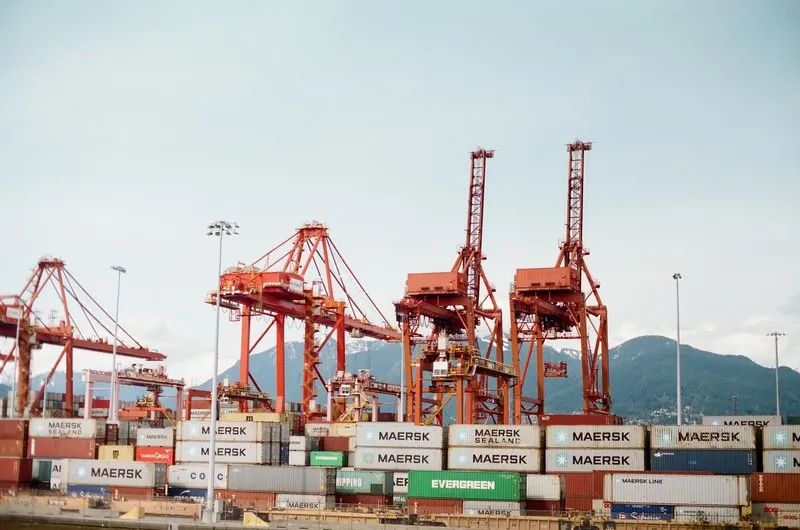The Process of Deindustrialization in Various Countries
Deindustrialization is a complex and multifaceted process that has occurred in numerous countries around the world. This phenomenon refers to the decline or restructuring of industrial sectors within an economy, often resulting in a shift towards a service-based or knowledge-based economy. In this article, we will explore some examples of countries that have experienced deindustrialization and examine the sociological factors that have contributed to this transformation.
1. United Kingdom
The United Kingdom is often cited as one of the earliest and most significant examples of deindustrialization. The process began in the late 20th century and was characterized by the decline of traditional manufacturing industries such as textiles, steel, and coal mining. This decline was largely driven by globalization, as companies sought cheaper labor and production costs in other countries. Additionally, technological advancements and automation played a role in reducing the demand for manual labor.
As a result of deindustrialization, the United Kingdom experienced significant economic and social changes. Many industrial towns and cities faced high unemployment rates and social deprivation, leading to the decline of once-thriving communities. The shift towards a service-based economy, particularly in sectors such as finance and business services, has been a key feature of the UK’s post-industrial landscape.
2. United States
The United States has also undergone a significant process of deindustrialization, particularly in the Rust Belt region. This area, which includes states such as Ohio, Michigan, and Pennsylvania, was once the heartland of American manufacturing. However, the decline of industries such as steel, automotive, and textiles has led to the loss of jobs and economic decline in many Rust Belt cities.
The factors contributing to deindustrialization in the United States are similar to those in the UK. Globalization and the outsourcing of manufacturing to countries with lower labor costs have been major factors. Additionally, technological advancements and the automation of production processes have reduced the demand for manual labor in many industries.
Deindustrialization in the United States has had profound social and political consequences. The loss of manufacturing jobs has contributed to economic inequality and the decline of working-class communities. These factors have also played a role in shaping political discourse and contributed to the rise of populism and protectionist sentiments.
3. Japan
Japan provides an interesting case study of deindustrialization within the context of a highly developed and technologically advanced economy. The country experienced a significant decline in its manufacturing sector in the 1990s and early 2000s, often referred to as the “Lost Decades.”
Several factors contributed to Japan’s deindustrialization. One key factor was the appreciation of the yen, which made Japanese exports more expensive and less competitive in the global market. Additionally, the rise of other Asian economies, such as China and South Korea, as manufacturing powerhouses further impacted Japan’s industrial sector.
As a response to deindustrialization, Japan shifted its focus towards high-tech industries and knowledge-based sectors such as electronics, robotics, and pharmaceuticals. This transition has allowed Japan to maintain its position as a global leader in innovation and technology.
Conclusion
Deindustrialization has had a profound impact on various countries around the world. The examples of the United Kingdom, the United States, and Japan highlight the complex sociological factors that contribute to this process. Globalization, technological advancements, and shifts in comparative advantage are all key drivers of deindustrialization. While the decline of traditional manufacturing industries can result in economic and social challenges, it also presents opportunities for countries to adapt and transition towards new sectors of growth. Understanding the sociological dynamics of deindustrialization is crucial for policymakers and researchers seeking to navigate the complexities of a rapidly changing global economy.





